It’s not quite the end of the season, but the end felt near on a rainy Saturday trip to Yellowstone National Park.
But we got in the essentials: elk, a bison or two, some geysers, a snack and even a couple of bears.
My shotgun-riding pal Jean and I headed out early Saturday. Destination: Old Faithful. The weather forecast was for clear weather, but cold rain on the way.
We get to the North Entrance. We like to kibitz with the fee collection staff. Their jobs have to be grueling—they interact with every single Yellowstone visitor. So we try to be entertaining with the made-up questions.
“How far is it to Half Dome?” (Half Dome is in Yosemite, another iconic national park that begins with a Y. People mix them up. A lot.)
“We’re just driving through to Jackson. If we don’t look at anything, can we drive through for free?”
People actually ask that, the fee-collecting staffer said.
We proceed on our merry way, cracking ourselves up as always.
At Mammoth, we see the parked cars, cameras out, rangers in orange vests, which can only mean one thing—elk rut. We scan the manicured lawns for a big burly bull elk (seen above). He’s on the lawn near Aspen Dorm not far from the Law and Justice Center building. We get out, camera at the ready.
The bull is keeping an eye on the cow elk, who regard him with as little attention as possible. We cheer the “girls” on.
“That’s right, honey, play hard to get! Make him work for it!”
He bugles, long and loud, a sound of fall that always gives me goosebumps as well as a sense of nostalgia for the end of another Yellowstone summer. Jean hears faint challenges from other bulls, maybe up on the Beaver Ponds trail.
We proceed toward Tower, despite Old Faithful being our final destination. Today will be a long day because the road between Mammoth and Norris is closed for construction until the end of this week. So it’s over Dunraven Pass we head, probably for the last time this season. Traffic isn’t too awful. There’s still quite a bit of snow on the ground up high from snowstorms last week.
There are plenty of cars at the Dunraven Pass parking area for the Mount Washburn trail. The trail looks snowy and slick even at the very bottom. I wonder out loud about bringing snowshoes up next weekend. The road between Tower and Canyon is scheduled to close for the season Oct. 10 if snow, more of which is predicted this week, doesn’t close it before then.
We make uneventful time. The plan was to park at Old Faithful and walk through the Upper Geyser Basin past Morning Glory Pool to make a 7-mile round trip out of a walk to Mystic Falls. Mystic Falls is most easily reached from Biscuit Basin, a couple of miles north on the Grand Loop Road from the Old Faithful area.
What’s great about running around the park with Jean is her ability to change an agenda if circumstances warrant it. The day turned colder and rainier the higher we got in elevation. By the time we got to Old Faithful, elevation 7,359 feet above sea level, the weather was chilly and damp.
We decided to stop in at the Old Faithful Inn for a quick bathroom break, and then head out at Biscuit Basin, from where it’s a little more than mile and a not very difficult slight elevation gain to Mystic Falls.
Jean and I worked in Housekeeping together at the Inn many summers ago. We remembered how fun it was to have the run of the place pretty much unsupervised as long as we got our work done on time. The Inn is full of nooks and crannies and linen closets where it was always possible to sneak off for a quick break.
The best part now, though, is knowing where all the lesser-known restrooms are. Ah, middle age.
We walked down a hallway on the main floor and spied a guest room, open for cleaning but momentarily unattended. We walk in like we own the place and check out the room. It’s a suite in the old part of the Inn, called—surprise—Old House. Most of the Old House rooms are without private bathrooms, but this room was actually two rooms and a bathroom. The beds were unmade and used towels were piled tidily on the bathroom floor.
As we were poking around, a young couple with a small child enters the room.
Oops.
“Sorry, is this your room?” Jean and I and the dad of the couple all ask simultaneously.
We laugh at our mutual snooping, to which we feel we’re entitled since we used to work here. Maybe both Jean and I had cleaned that room in the past, who knew?
On our way out, we check the room rate card on the back of the door. Holy smokes! $295 a night. In the park’s early days, hotel stays were expensive and only for the very well-to-do, known as the “carriage trade.”
“We’re headed that way again,” Jean said, an edge of sadness as well as anger in her voice.
So we headed to Biscuit Basin, not too far from Old Faithful. The small geyser basin got its name because of the way the geyserite—silicon dioxide deposited by thermal features—formed around Sapphire Pool, resembling small baked goods. Many of the “biscuits” were lost as a result of the 1959 Hebgen Lake earthquake, which shook up the features causing high run-off that washed the biscuits into the nearby Firehole River, author and park historian Lee Whittlesey writes in his definitive book Yellowstone Place Names.
The Mystic Falls trail leaves the boardwalk and heads up into the woods. It started to rain a little, but we weren’t going too far, wouldn’t be out too long, and we had plenty of dry clothes in the car. I was aware that I was wearing a long-sleeved cotton T-shirt under a Gore-Tex jacket. I would have to be careful not to get wet because, as we learned from every 20-year-old co-worker back in the day who had ever taken a wilderness survival class, “Cotton kills.”
Hypothermia—losing body heat faster than you can replace it—is a threat at temperatures we were in: a breezy and wet 50 degrees.
We walked through some very warming steam of a hot pool. But was it wrong to enjoy the warmth? Would the toasty steam give us a false sense of warmth and comfort, only to kill us when we realized we were soaked to the skin? We didn’t stick around long enough to find out.
Mystic Falls tumble about 70 feet down Little Firehole River. The water in the small narrow canyon fairly thunders as it races to meet up with the Firehole River. It was starting to rain a little harder as we approached the falls, so we didn’t continue to the plateau that levels out at the top of the falls. Nearby is a nice overlook where it’s possible to watch a long-distance eruption of Old Faithful or other features in the Upper Geyser Basin.
On the trail, which travels through your basic Yellowstone lodgepole pine forest, I noticed orange metal trail markers nailed on trees along the path. But on nearly every trail I’ve ever hiked, I see a lot of downed trees. Falling down is something lodgepole pines do well because Yellowstone’s rocky soil doesn’t provide many places to send down deep roots. So over they go, to rot and eventually contribute the materials that help build up soil that, over time, becomes deep enough to support more deeply rooted trees. This is a fast and dirty description of “forest succession,” where pioneer species pave the way for successor species.
I like to joke that I see a lot of trail markers on downed trees. Could there be a correlation? Are those little orange blaze markers somehow heavier than they look? Does some weird flux in the gravity pull the trees over when a marker is attached?
I share my theory with Jean. We cackle with hilarity. Then we see another downed marker.
“Now I’m going to notice them wherever I go,” Jean says.
I’m thinking of starting a photo series: “Downed Trail Markers of Yellowstone: A Series of Very Serious Photographs.”
We get done and get back to the car and go back to Old Faithful. We go to the second floor mezzanine espresso bar and get hot chocolate and mochas. We earned them. And the huckleberry mocha with whipped cream was pretty darned tasty after a couple of hours in a chilly rain. We just missed an eruption of Old Faithful, which we’ve seen before, but it’s time to scoot. There might be snow on Dunraven, not to mention deer all over the road between Gardiner and Livingston.
Rain was turning to snow on Dunraven, but the roadway was clear and there was no hint of the rangers closing the road. Finding the road closed would have meant a gruesome detour to Livingston: back to Norris to Madison to West Yellowstone to U.S. Highway 191 north to Bozeman and then Interstate 90 east to Livingston. In the dark.
But we were rewarded with another treat after getting over the pass—black bears!
We saw two in the Tower area. There was nowhere, no way to park for the first, but I scored a good parking spot with all four tires out of the drive lane for a second bear. Both were smallish black bears, black and shiny and interested only in grazing. It’s hyperphagia season, when bears are in pursuit of the calories they need to store up to get through their hibernation-like sleep of the upcoming winter.
We weren’t 100 yards—per Park Service regulations—away from the bear, but everyone kept to the side of the road and no closer. A young girl stepped off the road, apparently meaning to approach the bear, but the crowd was self-policing and urged her back to the roadway. She complied. The cameras continued to click and the bear to feed. Dusk was coming on, and we wanted to be further down the road as dark descended.
A good day.
 Yellowstone Insider Your Complete Guide to America's First National Park
Yellowstone Insider Your Complete Guide to America's First National Park
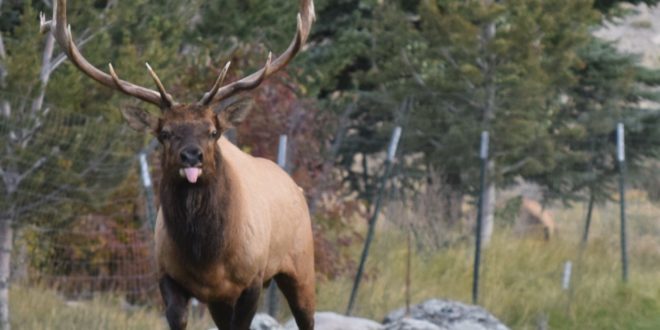
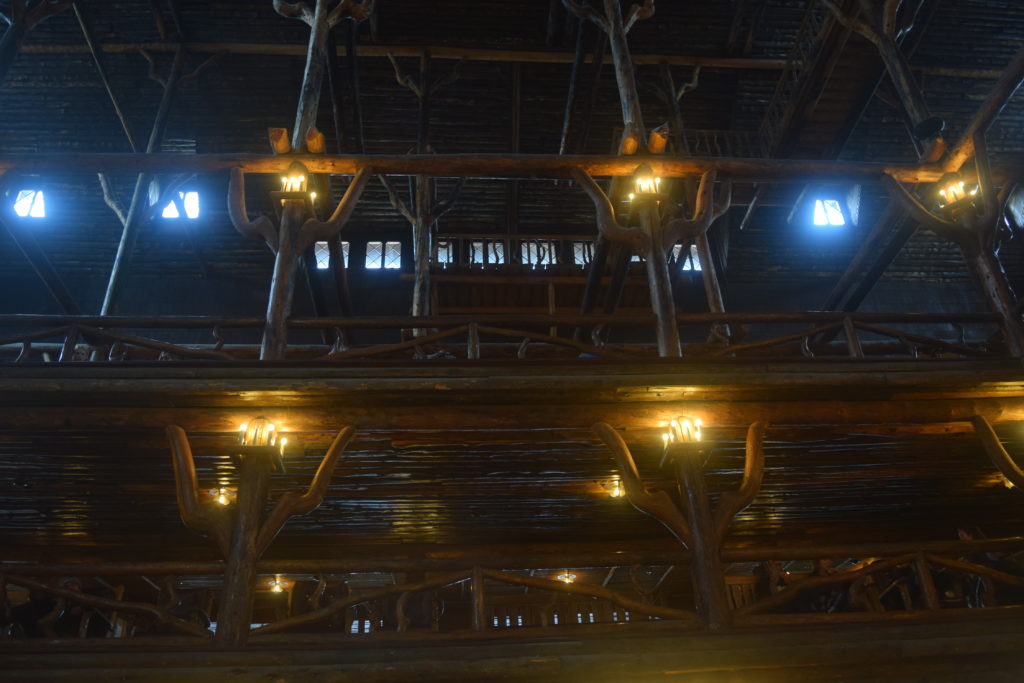
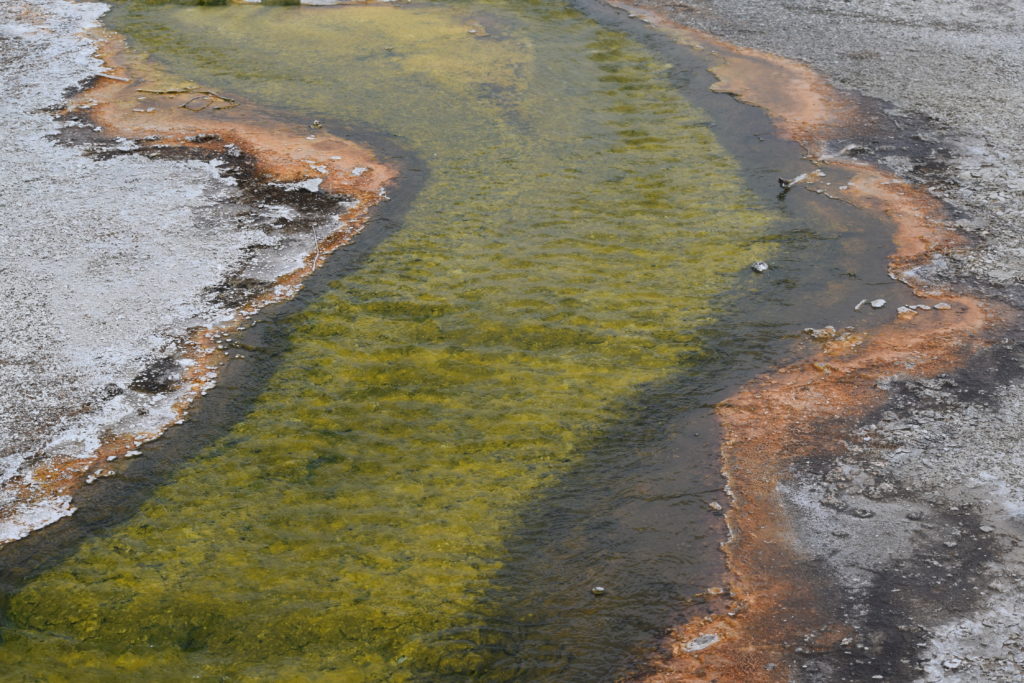
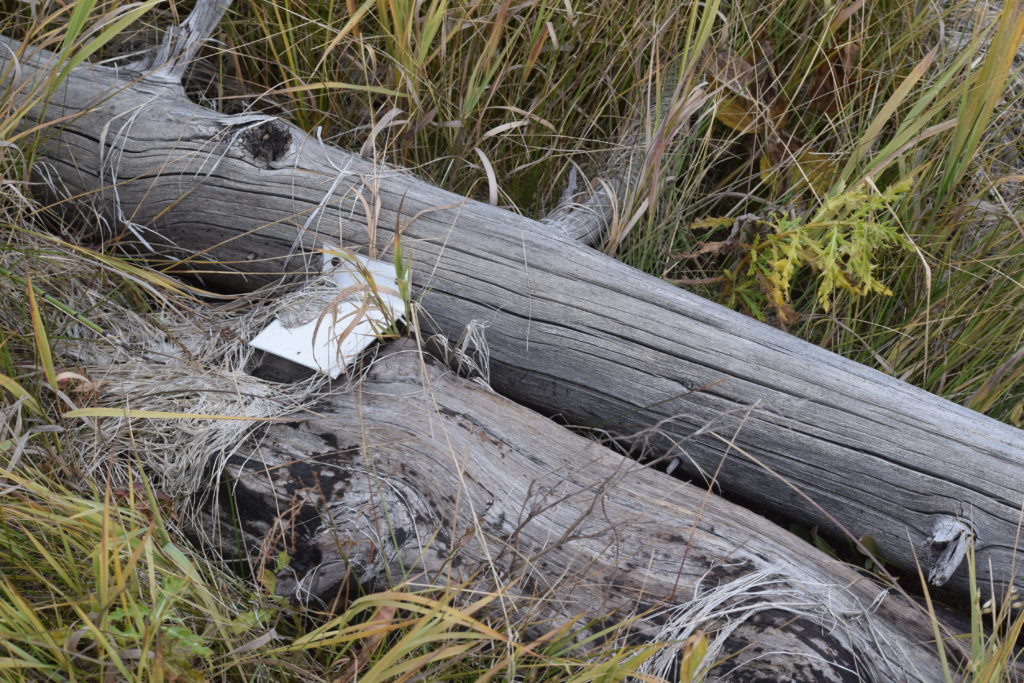
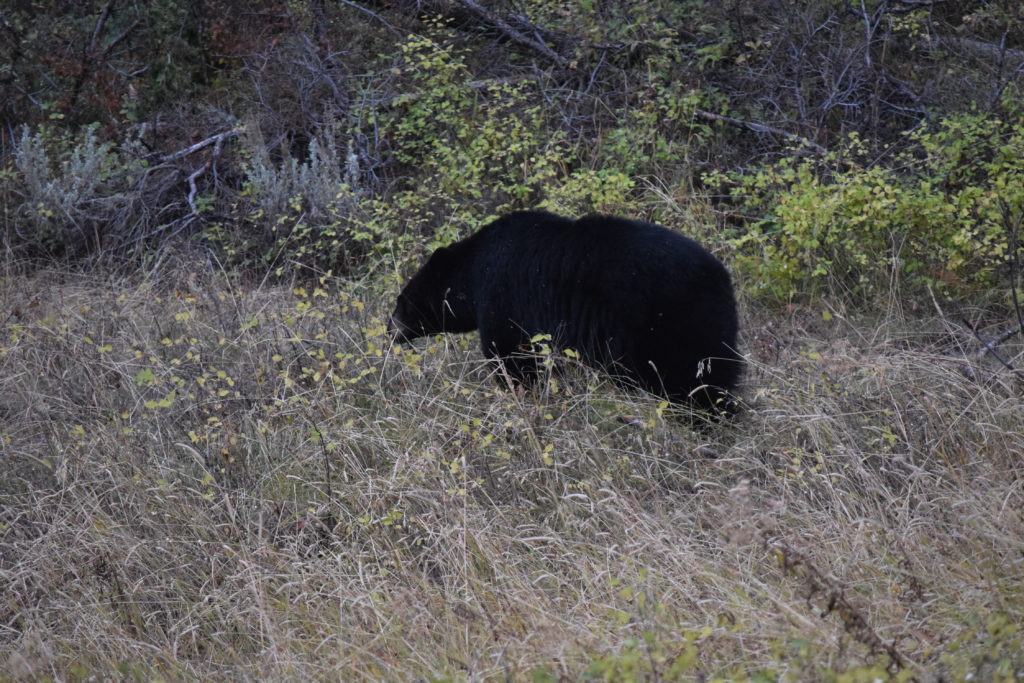





You must be logged in to post a comment.